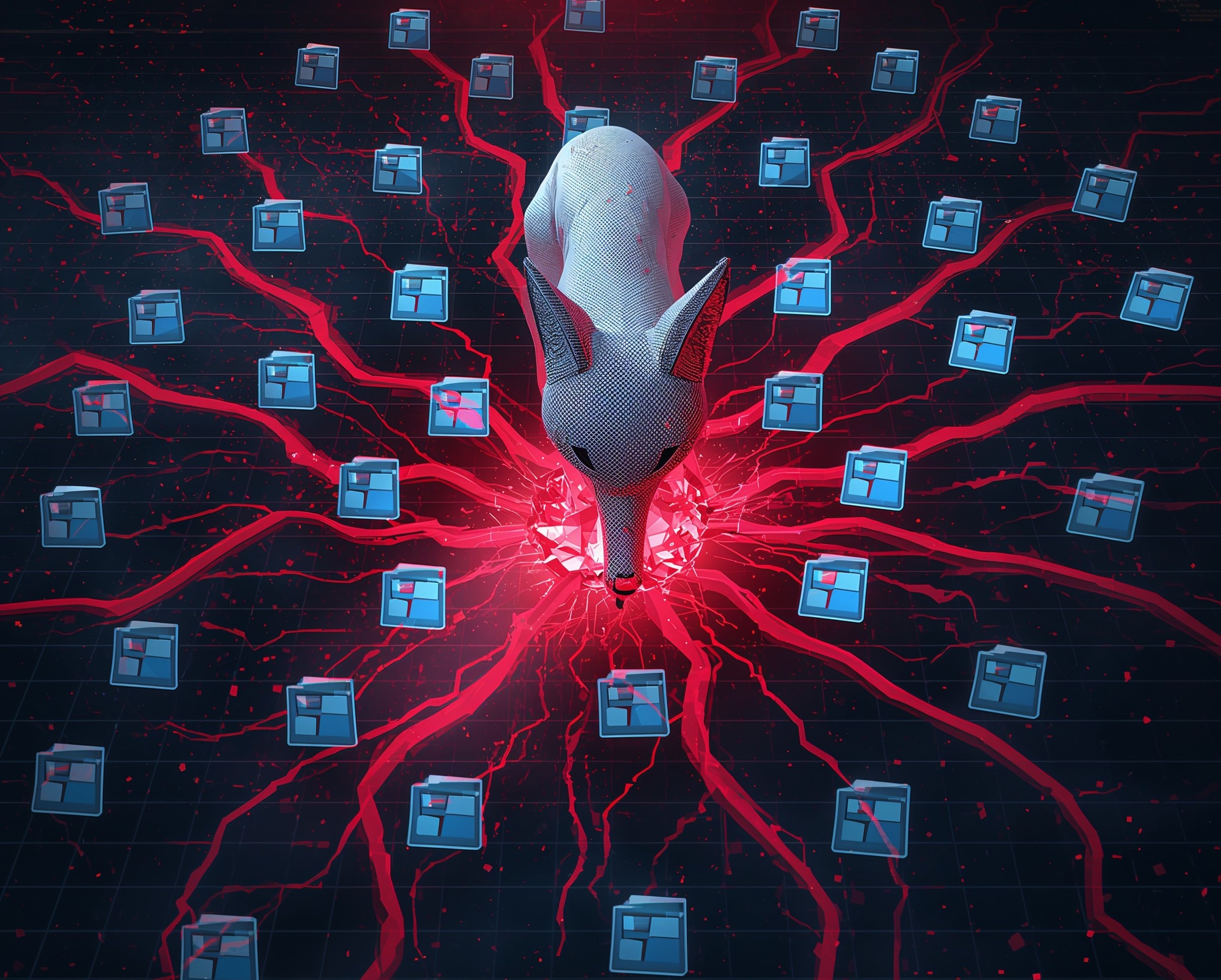Strategic Expansion of an Ongoing APT Campaign
Silver Fox, an advanced persistent threat group associated with multiple espionage operations across Asia, has expanded its Winos 4.0 malware campaign into Japan and Malaysia. The move marks a deliberate escalation in the group’s activity and signals an intention to exploit new geopolitical and economic landscapes.
Researchers have confirmed that Silver Fox is deploying the HoldingHands Remote Access Trojan (RAT) as part of this operation, blending social engineering with refined technical evasion. The result is a highly adaptive campaign that bypasses traditional defenses and delivers fully controllable malware to targeted networks.
How the New Infection Chain Operates
The current attack cycle begins with precisely crafted phishing emails posing as legitimate government or corporate correspondence. Each email contains a PDF attachment that appears harmless but embeds multiple links designed to redirect users to compromised websites hosting the actual payloads.
Once a user clicks a link, their system downloads a loader connected to the Winos 4.0 or HoldingHands RAT frameworks. The file initiates a stealth installation sequence that immediately checks for sandbox environments, security tools, and virtualized systems before proceeding. When conditions appear safe, the malware decrypts and executes its payloads, establishing a persistent foothold inside the device.
Technical Evolution and Persistence Mechanisms
The malware’s sophistication lies in its adaptability. In previous Silver Fox campaigns, Winos 4.0 relied heavily on SEO-poisoned web pages and counterfeit download portals posing as software providers such as Telegram, Chrome, and WPS Office. In this iteration, the attackers add a localized social-engineering element Japanese and Malay-language lures that blend seamlessly with regional norms.
Once the malware executes, it disables antivirus processes and escalates privileges by hijacking legitimate Windows libraries. It renames critical files, conceals operations through DLL sideloading, and embeds new scheduled tasks that ensure long-term persistence. Unlike older Gh0st RAT derivatives, the HoldingHands variant encrypts command channels and modifies behavior dynamically to resist both behavioral and static analysis.
Why Japan and Malaysia Are the New Targets
The campaign’s expansion into Japan and Malaysia demonstrates a clear shift in Silver Fox’s strategic objectives. These two nations serve as critical regional hubs for technology, finance, and manufacturing. By infiltrating networks within these sectors, attackers gain access to international supply chains and sensitive communication flows.
Moreover, the expansion helps the group distribute operational risk. Instead of concentrating activity in previously monitored environments like China and Taiwan, Silver Fox diversifies its reach, reducing the chance of exposure while increasing access to valuable intelligence assets.
Tactical Implications and Defense Recommendations
Security experts emphasize that Silver Fox’s success depends less on novel exploits and more on social manipulation combined with fileless persistence. Organizations must therefore strengthen defenses in both human and technical domains.
Continuous phishing-awareness training remains essential, but equal attention should go to automated behavioral monitoring and heuristic scanning of inbound documents.
Security teams should isolate email attachments containing embedded hyperlinks and verify any download activity involving executable content. Observing anomalous DLL creation, new scheduled tasks, or silent privilege escalations can provide the earliest indicators of compromise. Collaborative intelligence sharing among regional CERTs also accelerates identification of new indicators, particularly the filenames and encrypted artifacts tied to HoldingHands RAT operations.
The effectiveness of any defensive effort lies in early recognition. By correlating suspicious artifacts such as sw.dat, system.dat, or renamed system DLLs with known threat profiles, analysts can block lateral movement before attackers gain persistence. Integrating these indicators into SIEM and XDR platforms enables rapid cross-regional threat mapping.
Behavioral detection rather than static signature analysis is now considered the only reliable countermeasure against HoldingHands RAT. This RAT’s encrypted communications and polymorphic code render it nearly invisible to conventional signature-based antivirus solutions.
FAQ
How does HoldingHands RAT improve on previous Winos 4.0 modules?
HoldingHands introduces a modular architecture, encrypted command-and-control traffic, and dynamic code swapping, making it more flexible and harder to analyze than its predecessors.
Why are Japan and Malaysia considered valuable targets?
Both countries serve as digital gateways into broader Asian enterprise ecosystems. Breaching these networks gives adversaries indirect access to multinational communications and intellectual property.
Can modern EDR solutions detect this campaign effectively?
Yes, if tuned for behavioral anomalies rather than signatures. Monitoring unexpected task creation, DLL sideloading, and encrypted outbound connections provides the most dependable alerts.











2 thoughts on “Silver Fox Winos 4.0 Malware Now Strikes in Japan and Malaysia”